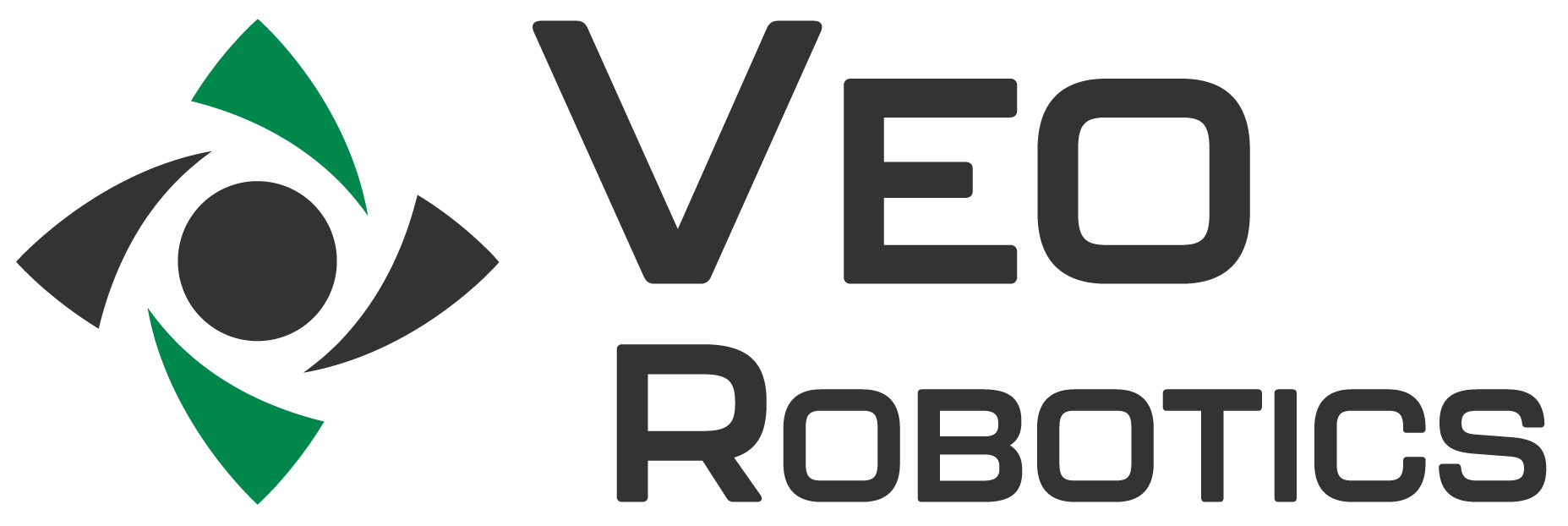Veo FreeMove: Bringing Together Humans & Industrial Robots
By Patrick Sobalvarro, co-founder and CEO, Scott Denenberg, co-founder and Chief Architect, and Clara Vu, co-founder and VP Engineering, Veo Robotics
Announcing Veo FreeMove®
We’re very pleased to announce today the launch of Veo FreeMove®, our safety-ratable, production-ready vision system for safe human-robot interaction. The Veo FreeMove® system gives manufacturing engineers the freedom to combine the strength, precision, and speed of standard industrial robots with the ingenuity, judgment, and dexterity of humans.
Why We Built FreeMove
In today’s highly competitive marketplace, manufacturers need to be more responsive and flexible than ever before. Process variations that lead to product quality issues must be addressed immediately. Product cycles are shorter, requiring quicker line design and commissioning. Mass customization means that fully automating manufacturing process steps has become much more costly in engineering time and capital equipment. Often, the costs of fully automating process steps can never be amortized before the process must be changed.
By making it possible for standard industrial robots to respond safely to nearby humans, Veo FreeMove® plays to the strengths of both humans and robots. Doing so increases worker productivity, improves ergonomics, and reduces engineering and capital equipment costs.
The result is quicker implementation, reduced downtime, and much greater manufacturing flexibility. These changes can unlock new methods of production.
Safety and Reliability
Veo FreeMove can be used with standard industrial robots from major manufacturers, which can have payloads of hundreds of kilograms and move at many meters per second. In order to make these types of robots robots truly collaborative, safety has been Veo’s paramount focus since its founding.
The Veo FreeMove system is compliant with ISO 13849 (Safety of machinery—Safety-related parts of control systems), meets the requirements of PL=d, structure category 3, and consists of:
FreeMove Sensors®: custom, 3D time-of-flight sensors that are mounted on the workcell periphery to cover the volume of the safeguarded space.
FreeMove Engine®: a high-performance, dual-channel architecture computing platform that runs fail-safe software that processes image data from the sensors and implements Speed & Separation Monitoring (per ISO 15066).
FreeMove Studio®: a software suite for self-service configuration and real-time visualization of the sensors and FreeMove Engine® data.
The Sensors and Engine run our proprietary intelligent vision and control software. Data from the Sensors—which have redundant sensing elements with an on-board FPGA for real-time comparison and health monitoring—is fused into a 3D representation of the workcell. That data is redundantly processed by each channel of the Engine’s high-performance computing platform and then compared by a safety processor to guarantee correct calculation. The Engine maps and classifies the workspace in real time, performing dynamic Speed & Separation Monitoring in accordance with ISO/TS 15066 and ISO 10218. The system can be configured through the user interface, FreeMove Studio®.
FreeMove® projects all possible future positions of the objects in its environment. It dynamically calculates Protective Separation Distances and signals the robot to slow or stop as necessary for worker safety, and then to resume its program when it can do so safely.
Because FreeMove® will override the robot program as necessary to safely slow and stop, it allows for the design of ISO 10218 SSM-compliant applications and workcells. Additionally, because the Sensors and Engine have continuous registration and health monitoring systems, any fault will safely stop the robot.
Looking Forward
Veo Robotics has been working with third party certification agencies through the entire FreeMove® development process, with final certification expected early 2021.
Customers who would like to begin designing and evaluating manufacturing process steps incorporating FreeMove® today can purchase the FreeMove® Application Development Kit, introduced in May 2019. The FreeMove® ADK is a version of FreeMove® running on non-safety-ratable hardware that must be used with redundant safety systems for development purposes. The resulting designs can be implemented in production with the full Veo FreeMove® system.
In Summary
FreeMove® will make manufacturing more flexible and efficient by reducing both capital and operating expenses. It allows manufacturing engineers to build production workcells that include robots (or other automatic machinery) and human production workers. This leads to shorter design times, less custom machinery, and shorter lead times before workcells are operational. In production operations, FreeMove® provides shorter takt times, higher unit production rates, and quicker fault recovery, all with improved ergonomics and safety.
Safe, fluid human-machine interaction is the future of manufacturing.



